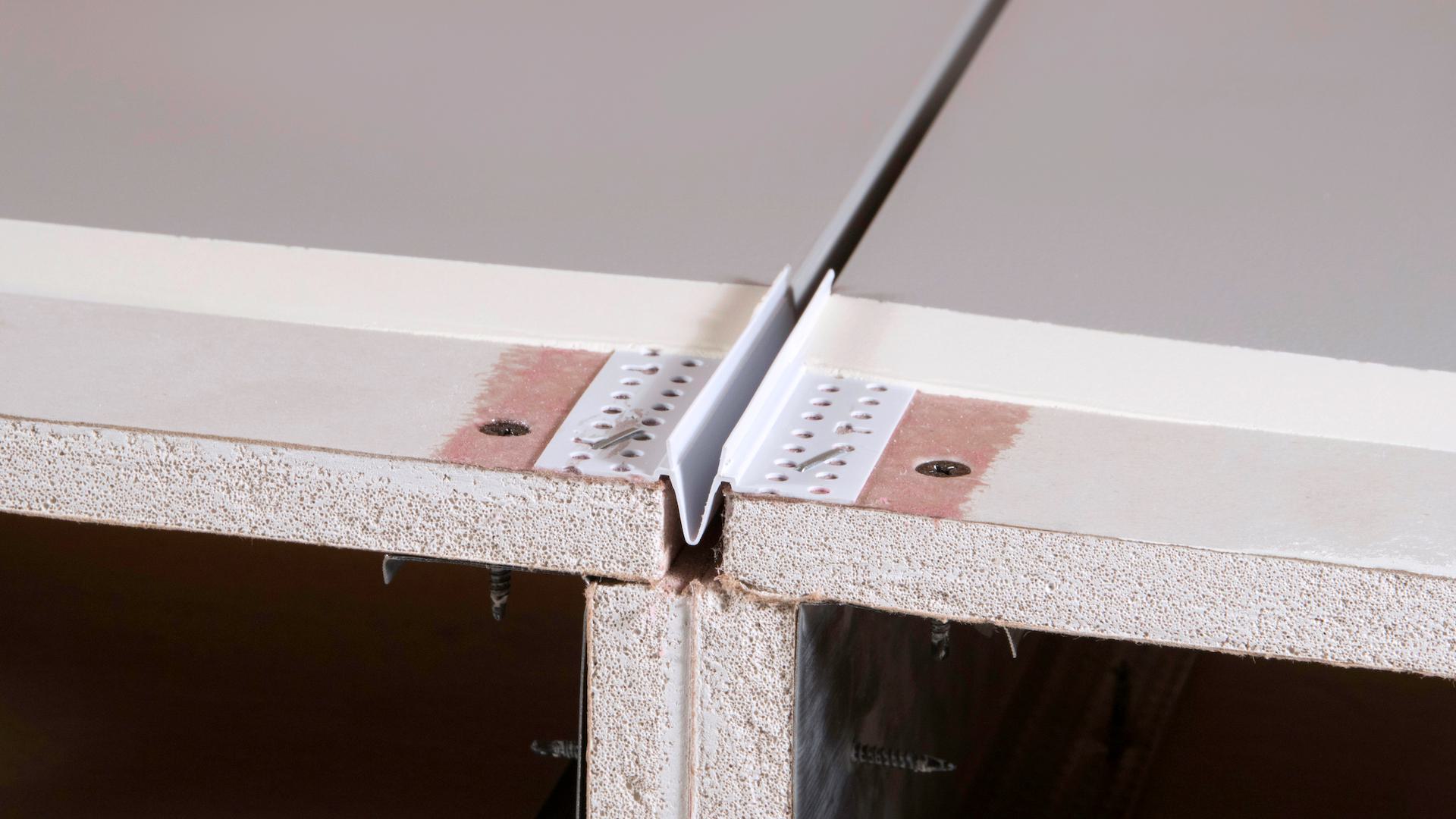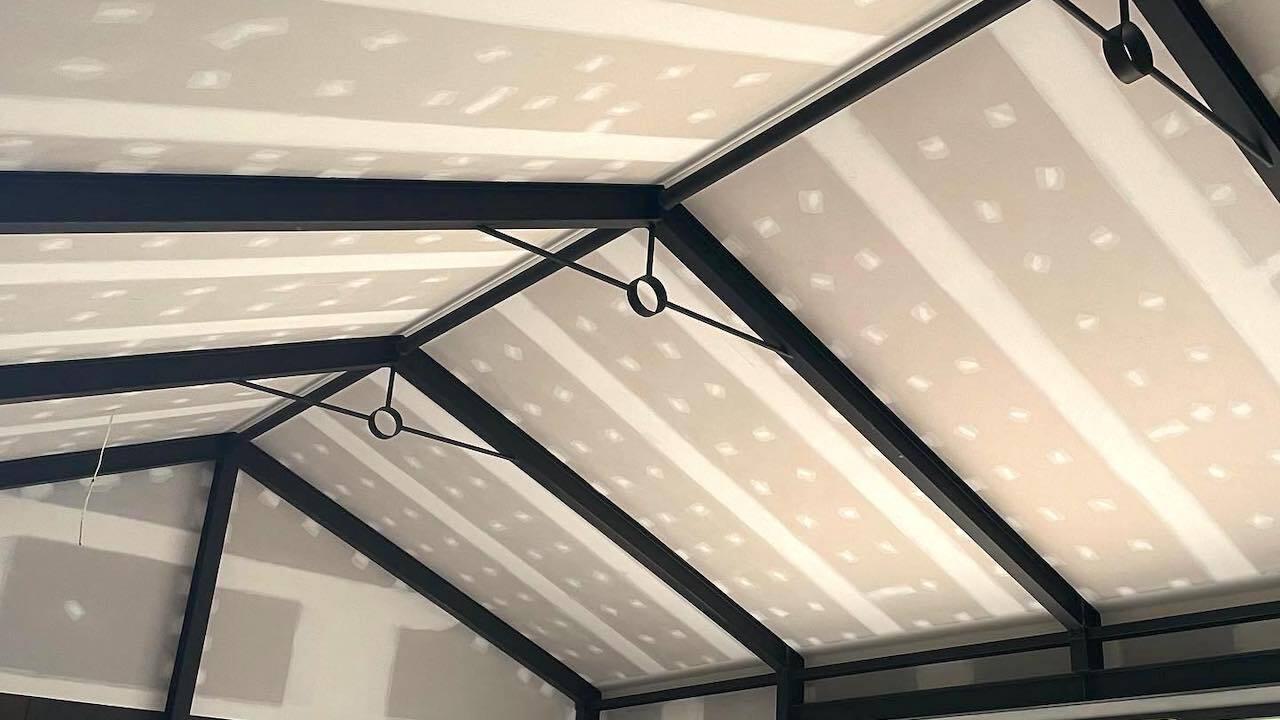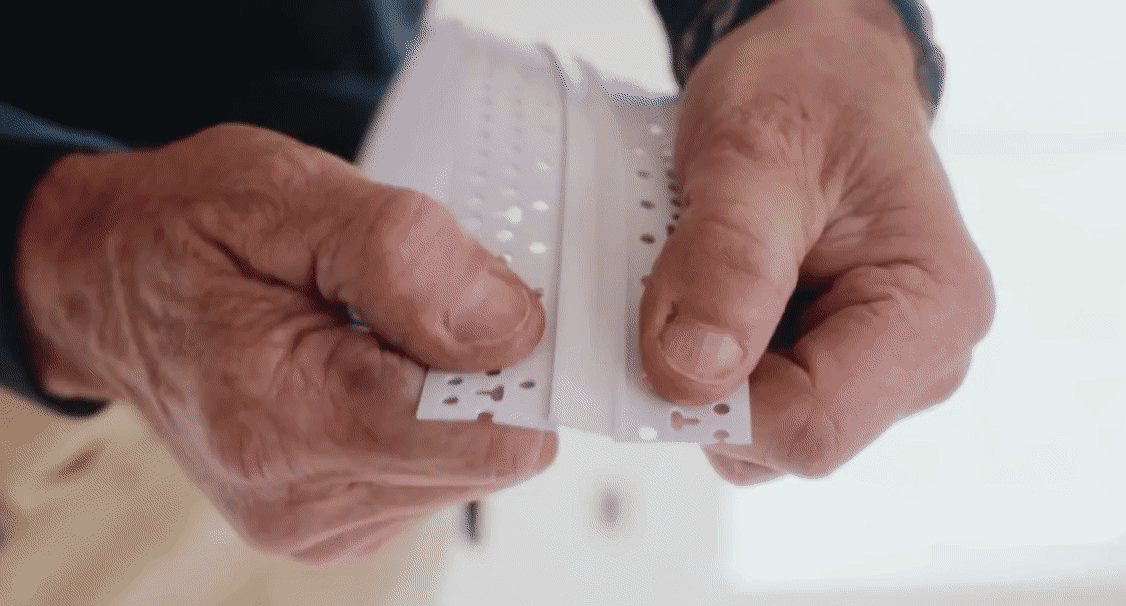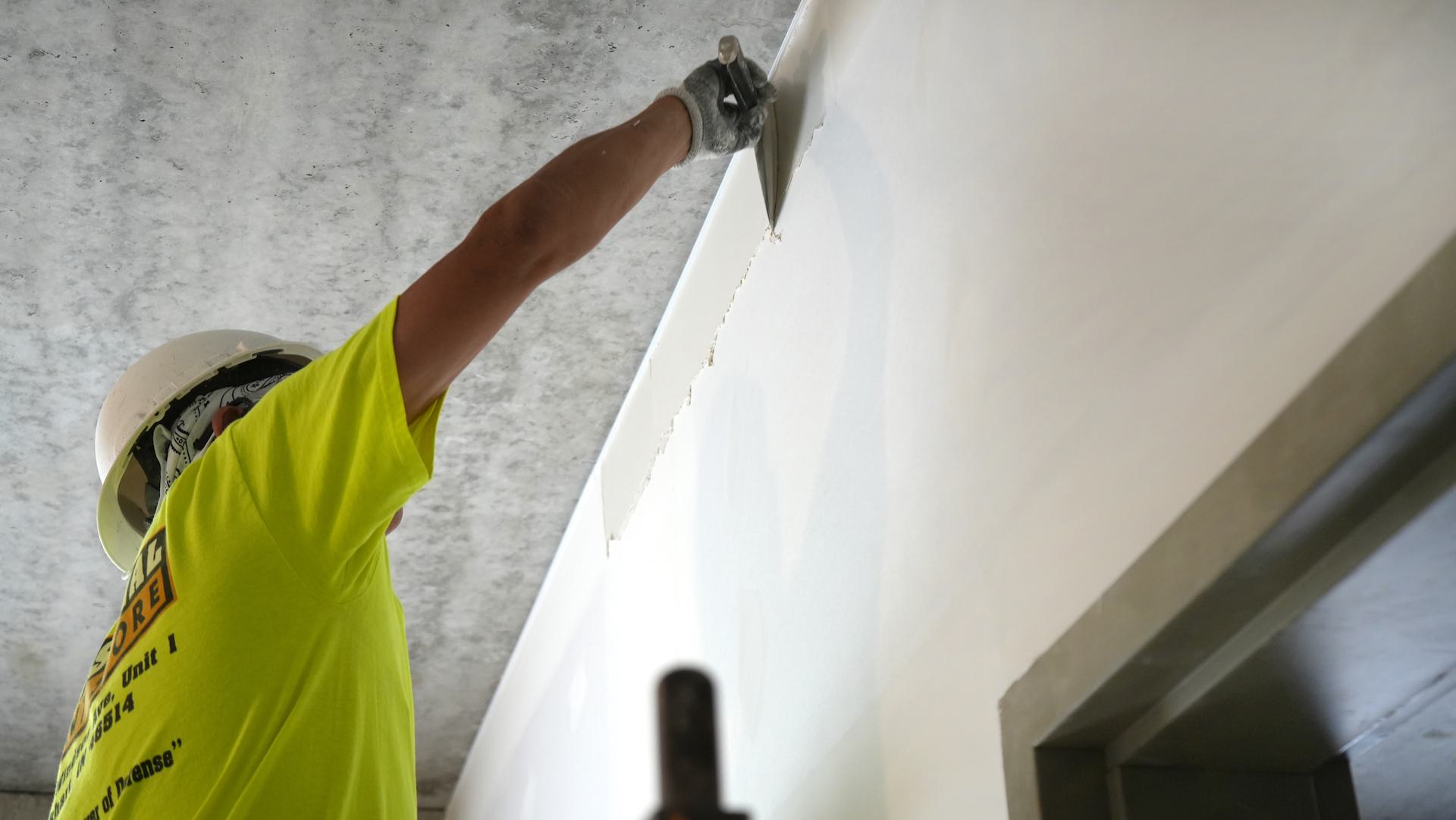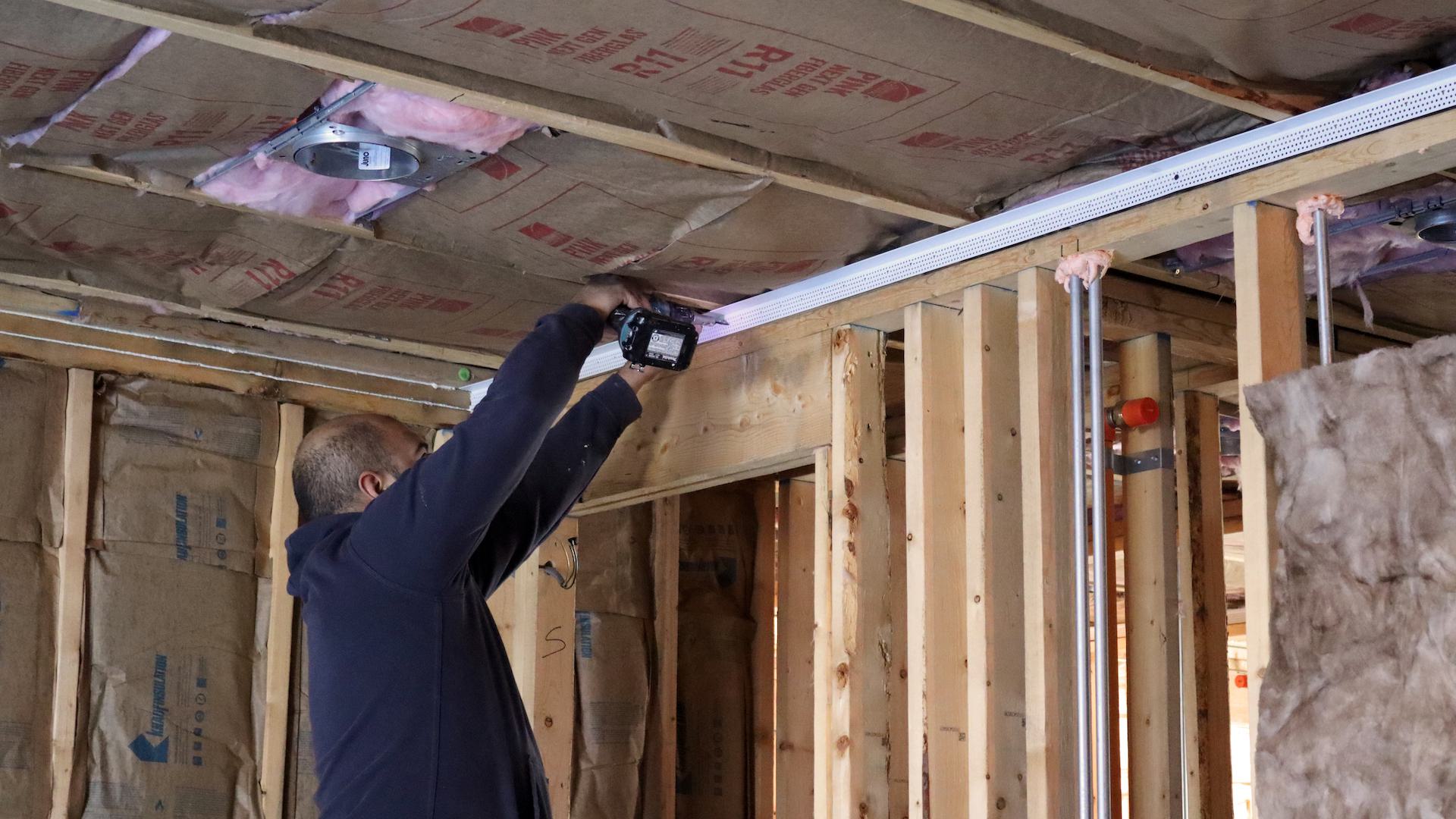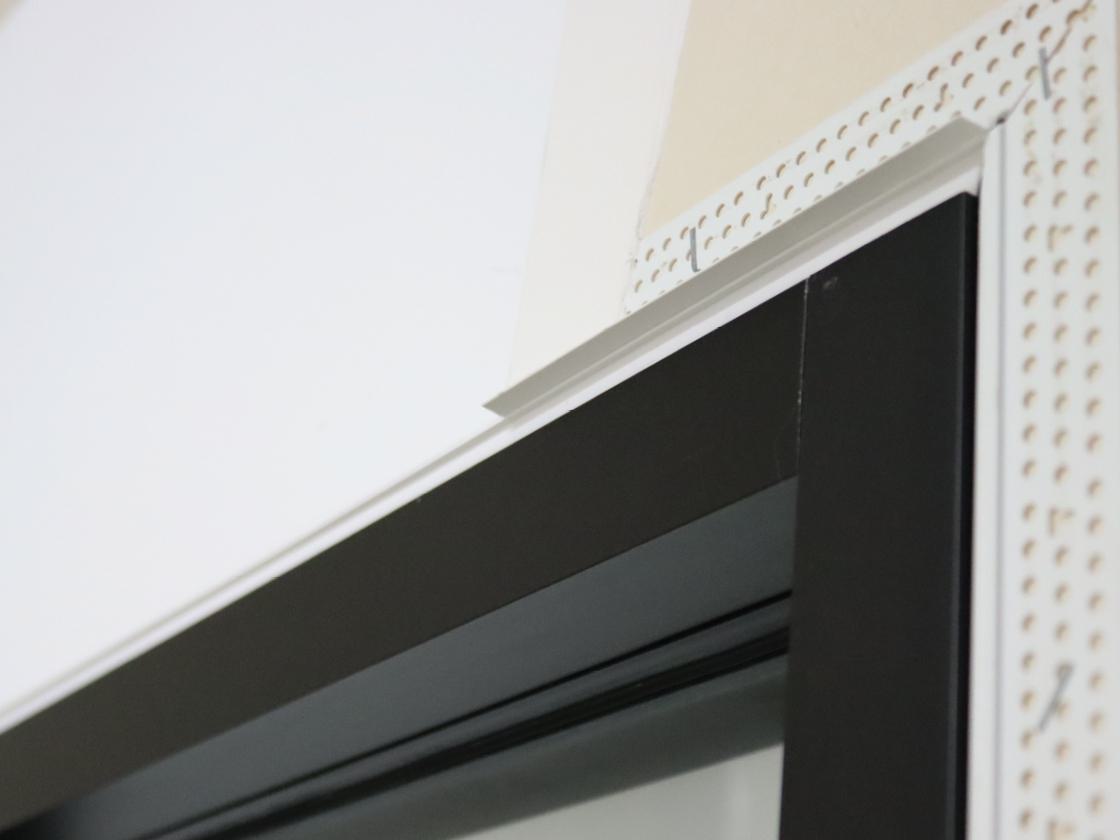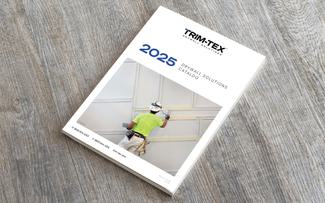Many of us just accept that ugly cracks in drywall due to movement are bound to happen sooner or later — but it doesn’t have to be that way. One of the key reasons the folks here at Trim-Tex are big believers in the power of vinyl drywall accessories is the material’s ability to move. We’re able to manufacture beads where rigid vinyl and flexible vinyl are fused together to create something perfectly engineered to handle structural movement.
We’ve made several of these unique sorts of solutions; some drywall finishers have loved for decades and some are more recent innovations. But we often get asked: what’s the difference between them? Here’s when and where to use drywall accessories made for movement, and which Trim-Tex bead you should choose for which job.

